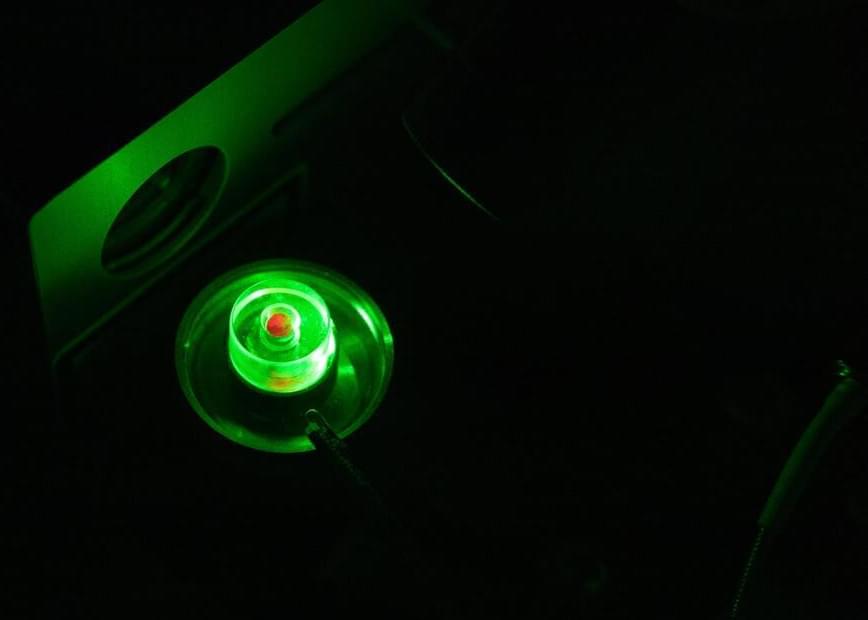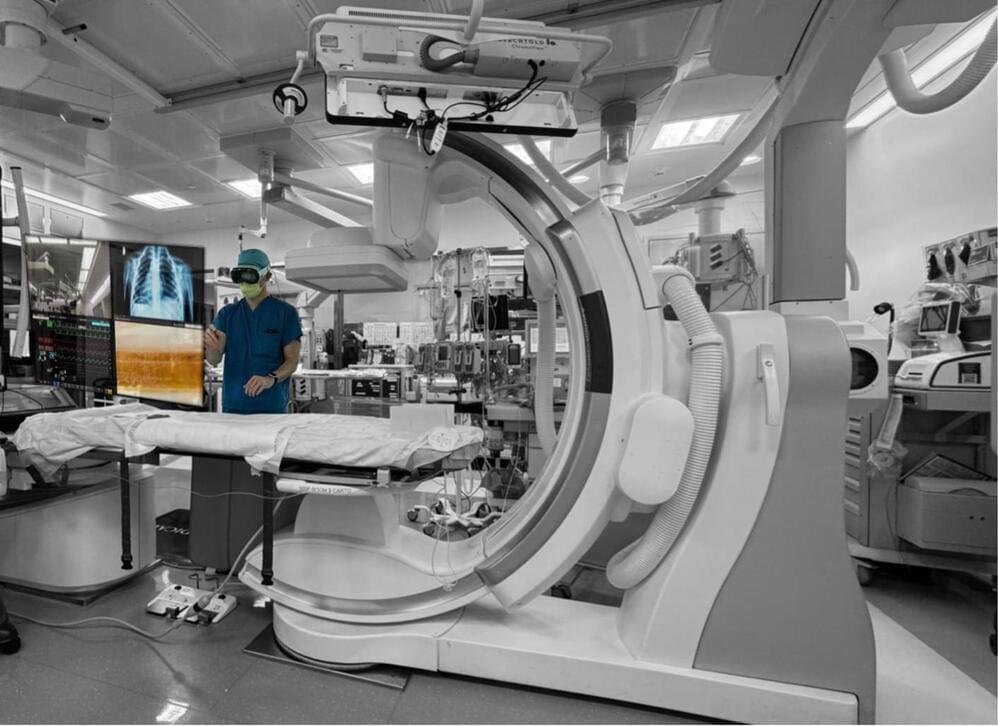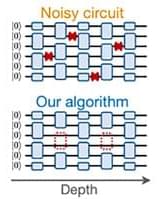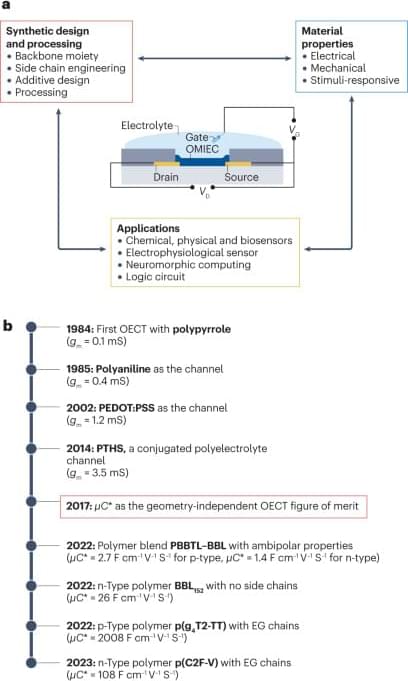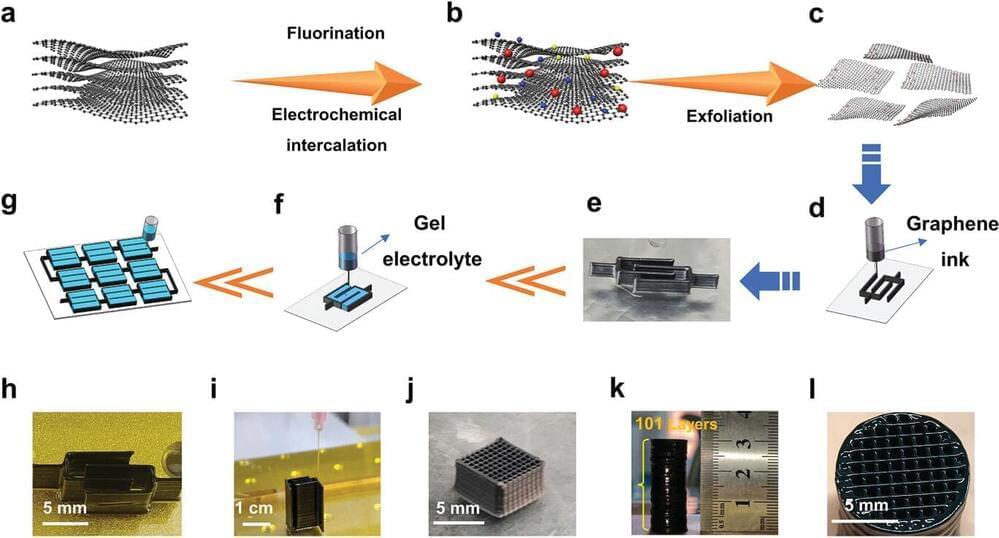Mar 1, 2024
New maser in a ‘shoebox’ promises portable precision
Posted by Shubham Ghosh Roy in categories: biotech/medical, computing, mobile phones, quantum physics
Researchers in Imperial College London’s Department of Materials have developed a new portable maser that can fit the size of a shoebox.
Imperial College London pioneered the discovery of room-temperature solid-state masers in 2012, highlighting their ability to amplify extremely faint electrical signals and demonstrate high-frequency stability. This was a significant discovery because microwave signals can pass through the Earth’s atmosphere more easily than other wavelengths of light. Additionally, microwaves have the capability to penetrate through the human body, a feat not achievable by lasers.
Masers have extensive applications in telecommunications systems—everything from mobile phone networks to satellite navigation systems. They also have a key role in advancing quantum computing and improving medical imaging techniques, like MRI machines. They are typically large, bulky, stationary equipment found only in research laboratories.
